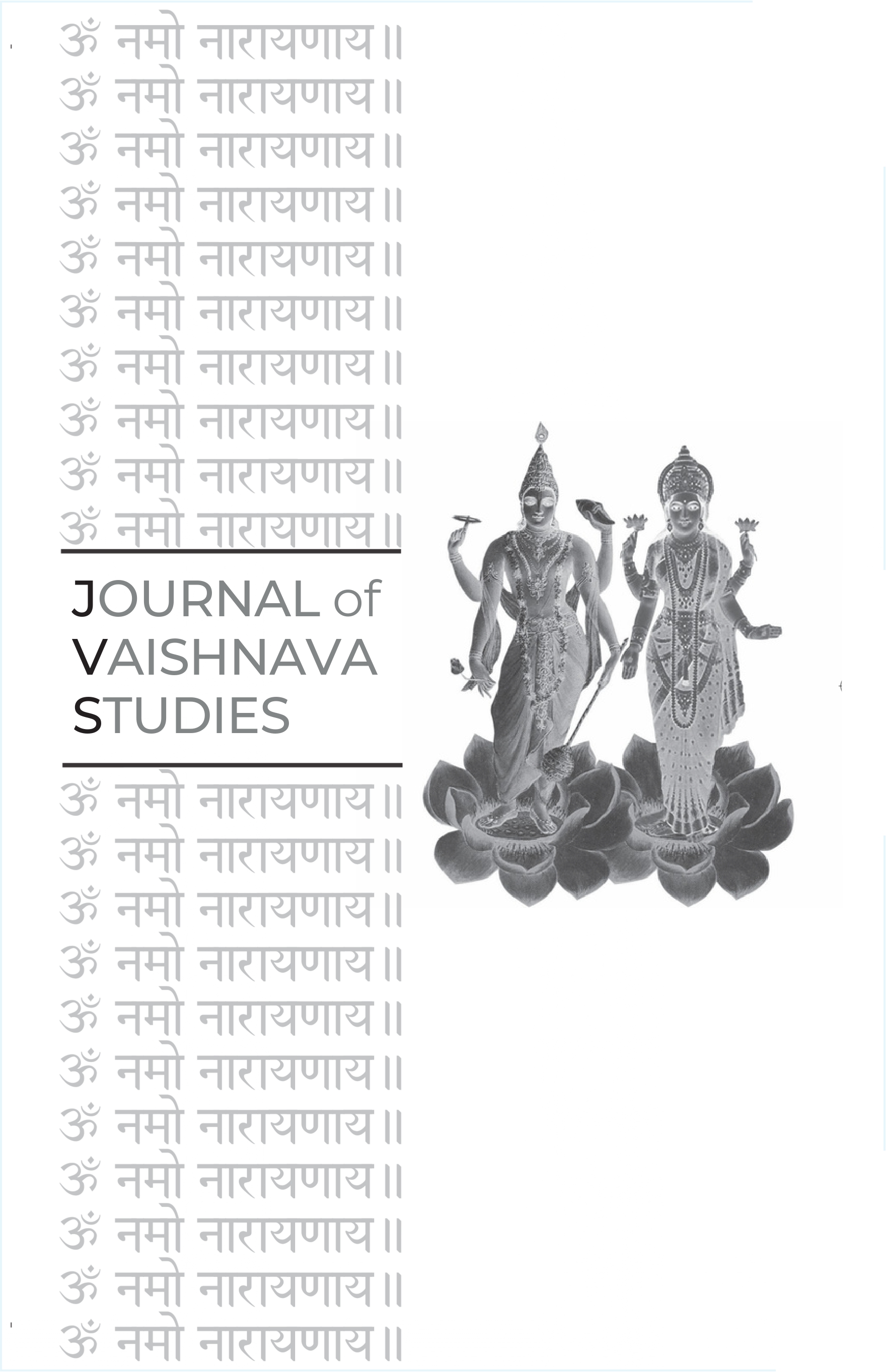A Mīmāṁsaka Reading Kṛṣṇa’s Song
Pārthasārathi Miśra and the Bhagavad-gītā
Keywords:
Pārthasārathi Miśra, Mīmāṁsā, Bhagavad-gītā (BhG), Sāṅkhya, Soul, Liberation (Mokṣa), Karma, Jñāna, Meditation, Nirguṇa, Saguṇa, Kṛṣṇa, Vedic Authority, Arthavāda, Kumārila Bhaṭṭa, Prabhākara, Vaiṣṇavism, SmṛtiAbstract
This article examines how the prominent Bhāṭṭa Mīmāṁsaka, Pārthasārathi Miśra (c. 900-1100 CE), engaged with the Bhagavad-gītā (BhG) in his works, Śāstra-dīpikā and Nyāya-ratnākara. It demonstrates that Pārthasārathi utilized the BhG to support several Mīmāṁsā arguments, particularly concerning the nature of the soul and the path to liberation. The study highlights his critique of theistic Sāṅkhya ontology found in the BhG, arguing that while its cosmogony isn't literally true, it serves an allegorical purpose for understanding causality in ritual. Pārthasārathi affirmed the plurality and omnipresence of individual souls, interpreting the BhG's seemingly monistic statements as denoting qualitative sameness rather than numeric identity. Crucially, he argued that meditation on the soul, rather than mere knowledge of it, is directly efficacious for liberation by exhausting accumulated karma, and that obligatory actions performed without desire for results are essential. The article also discusses his assertion that the enduring sense of "I" is a valid mark for the eternal soul, even for liberated yogis, citing Kṛṣṇa's self-referential statements in the BhG as corroborative evidence. Ultimately, the essay suggests that Pārthasārathi read the BhG as a text supporting Mīmāṁsā tenets, primarily using it for corroboration rather than formation of his core philosophical views, offering insights into the interaction between non-theistic Mīmāṁsā and theistic Vaiṣṇavism.Published
2019-12-13
Issue
Section
Articles





